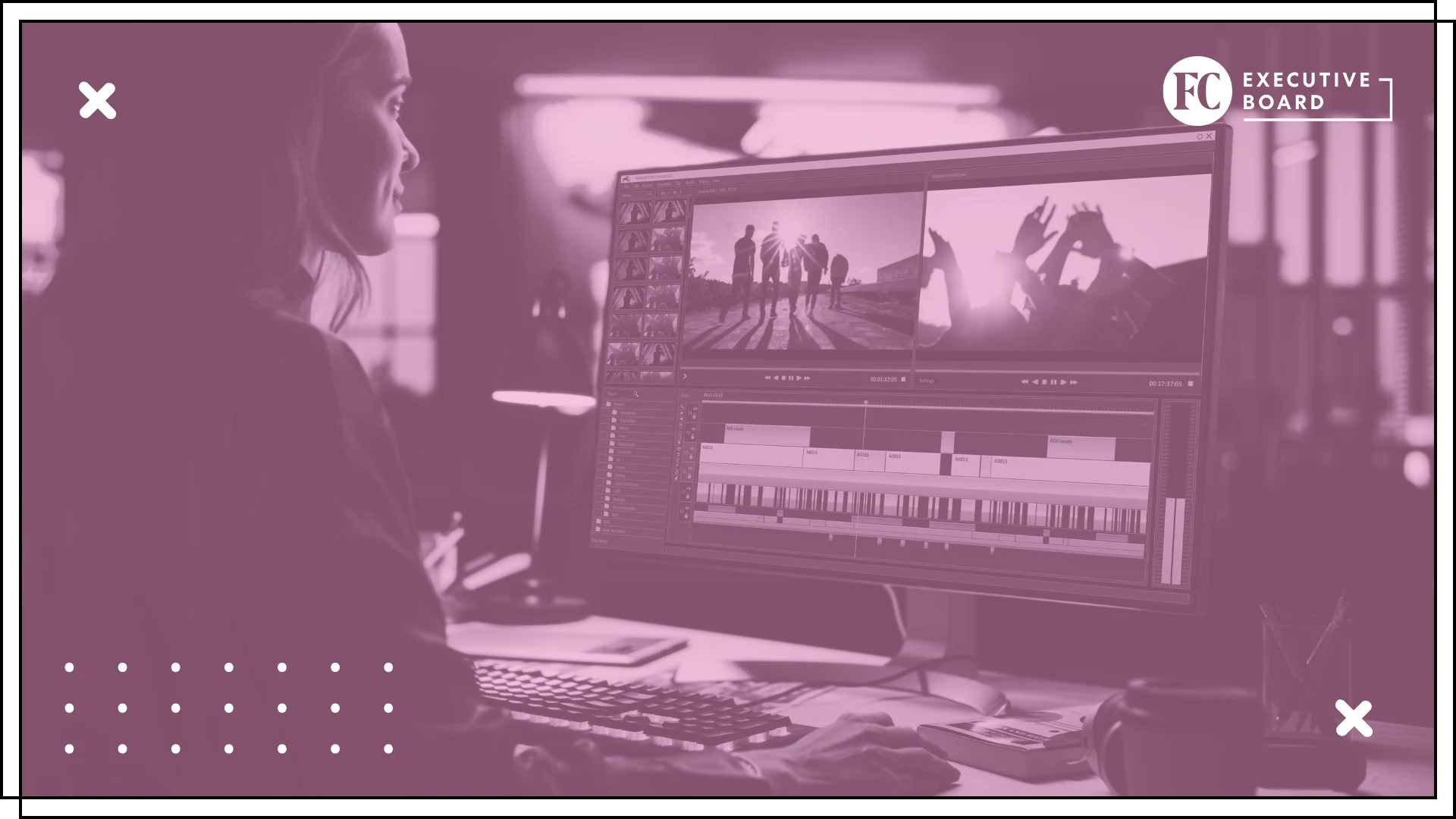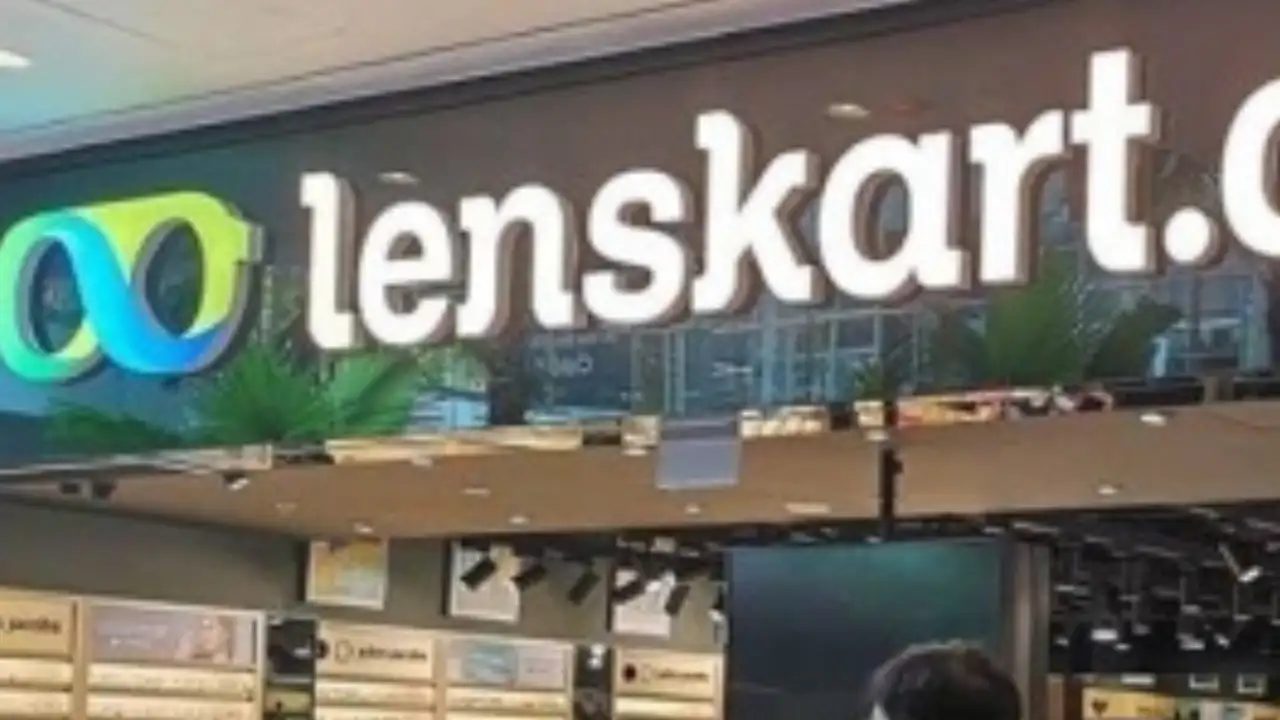Copyright Fast Company

AI and video production make an easy pairing for bold predictions. Depending on who you ask, AI is either about to replace every human editor on earth or it’s a passing trend that will be irrelevant in a year. As with most extremes, the truth sits somewhere in between. AI is already changing how video gets made. It’s speeding up tedious tasks, unlocking new creative possibilities, and putting production tools in the hands of people who wouldn’t have had access before. But it also has real limitations. If you take the myths at face value, you risk missing the real opportunities. Here are five of the most common misconceptions about AI in video—and what’s actually true instead. MYTH 1: AI CAN REPLACE HUMAN EDITORS This one is part truth, part wishful thinking. AI tools can stitch together clips, remove silences, auto-caption, and even surface highlight reels. In some scenarios, like cranking out social media snippets or trimming down long webinars, AI can get surprisingly close to what a junior editor might deliver. Today’s tools can even generate entirely new clips, replacing the need for live filming in some cases. Subscribe to the Daily newsletter.Fast Company's trending stories delivered to you every day Privacy Policy | Fast Company Newsletters But the outputs still aren’t “done.” Generated clips need an editor to weave them into a story, make them feel natural, and align them with brand tone. And when revisions come in, the process isn’t as simple as adjusting a timeline. You often have to reprompt the system, which can be slower and more frustrating than just editing directly. The reality today isn’t full replacement. It’s augmentation. Editors are using AI to shave time off the repetitive parts of the job so they can put more energy into the higher-value creative and strategic work. MYTH 2: AI VIDEO IS ALWAYS LOW QUALITY As many of us saw in real-time, early AI video examples weren’t exactly impressive. Choppy auto-edits, awkward subtitles, and uncanny graphics gave the impression that AI output was inherently amateurish. The good news is that the tools are improving quickly. Many can already produce strong first drafts, particularly when the use case is well defined: social clips pulled from long-form webinars, captioned highlight reels, or consistent formatting for platform-specific versions. When paired with human oversight, the results can be workable. The caveat is that AI works best within constraints. Give it messy footage, ambiguous direction, or a need for subtle emotional nuance, and the quality will slip. But dismissing AI entirely because early outputs were rough misses how far the tools have come. MYTH 3: AI MAKES VIDEO CHEAP There’s a widespread belief that AI makes video production dramatically cheaper—that you can swap out people for software and cut costs overnight. The reality is more complicated. Yes, the tools themselves are inexpensive, often bundled into platforms teams already use. Auto-captioning, transcription, and simple editing assistants are practically table stakes at this point. But what looks cheap on paper isn’t the whole story. AI still requires time, oversight, and editing labor to turn raw outputs into something usable. Anyone who’s worked with AI-generated clips knows they rarely come out “client-ready.” The cleanup, refinement, and creative direction still fall on humans. That’s where the true cost sits. AI doesn’t make video production free. It just shifts the work. Teams that treat it like a bargain replacement for people often discover it costs more in revisions, inconsistencies, and brand missteps than they saved upfront. advertisement MYTH 4: AI WILL MAKE EVERYONE’S CONTENT LOOK THE SAME This is a real risk, but not a certainty. If every brand simply takes an AI template and presses “export,” the outputs will feel interchangeable. We’ve already seen this happen with stock imagery and overused presentation templates—the content blends together, and audiences tune it out. But sameness isn’t the fault of the technology. It’s the result of using AI as a shortcut rather than a starting point. When teams layer their brand voice, storytelling, and creativity on top of what AI provides, the output doesn’t have to look generic. In fact, AI can free up time and resources for the human work that makes content distinctive. In other words, AI only makes your content bland if you let it. Myth 5: AI video is easy and fast This might be the biggest misconception of all. The marketing demos promise one-click magic: Upload your footage, press a button, and out pops a finished video. In reality, it doesn’t work that way. AI can accelerate certain steps, but the outputs still require human cleanup. What you save in transcription or captioning time often gets spent making the AI output usable. And when working with AI-generated clips, the revision process can feel especially clunky. Instead of trimming a shot or swapping a sequence, you’re forced to reprompt the tool—and regenerate the clip entirely—just to capture minor updates. Even high-profile “AI campaigns” have required heavy human involvement behind the scenes. The software might draft the building blocks, but teams still spend significant time shaping, editing, and refining before it’s ready for an audience. THE TAKEAWAY FOR MARKETERS If there’s a thread running through all these myths, it’s this: AI isn’t a replacement for human creativity, but it is a powerful amplifier of it. For marketing leaders, the challenge is to approach AI with nuance. That means: Integrating it into workflows where efficiency really matters. Being clear-eyed about where human editors are indispensable. Training teams to use the tools effectively, not just casually. And above all, remembering that technology doesn’t absolve you of the need for strategy, storytelling, or brand voice. FINAL THOUGHTS While these AI myths make for good headlines, the reality is more interesting: a shift toward hybrid workflows where automation handles the groundwork and people focus on meaning. If you’re behind the curve, now is a great time to catch up! Hope Horner is founder and CEO at Lemonlight.



